Fragile by Yes
Buy Fragile Fragile, the fourth album by Yes is really a bridge between its rock-influenced predecessor, The Yes Album, and the nearly pure prog albums which would follow. The album features four tracks […]
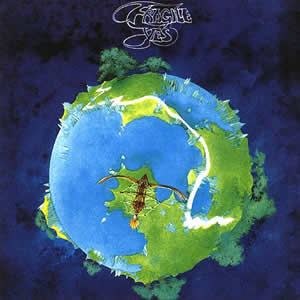
Buy Fragile Fragile, the fourth album by Yes is really a bridge between its rock-influenced predecessor, The Yes Album, and the nearly pure prog albums which would follow. The album features four tracks […]
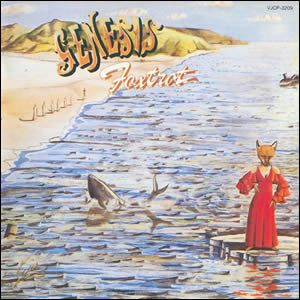
Buy Foxtrot After a couple albums of extreme experimentation in theatrical rock, Foxtrot is where it all came together for Genesis. This 1972 album was the first of three, in consecutive years, that […]
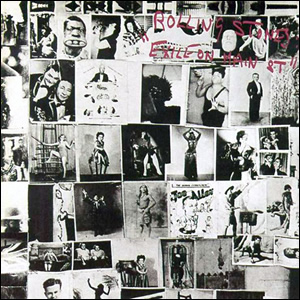
Buy Exile On Main Street Many esteemed and big-name rock publications have rated Exile On Main Street by The Rolling Stones as one of the greatest albums of all time (especially the publication […]
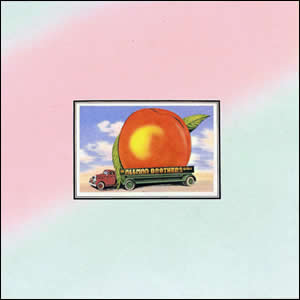
Buy Eat a Peach A unique hybrid album that bridges two eras of The Allman Brothers Band, the 1972 double album Eat a Peach was recorded prior to and in the wake of […]
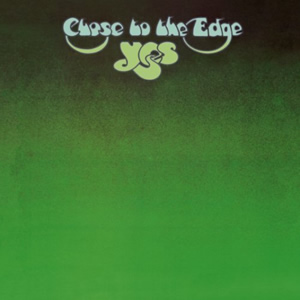
Buy Close to the Edge The group Yes reached their progressive pinnacle with the 1972 album Close to the Edge. Containing just three extended tracks, the album became Yes’s greatest commercial success to […]

Buy Chicago V Continuing an incredible run of musical output and commercial success, Chicago released their fifth overall album in a 39 month span with 1972’s Chicago V. The fourth studio album by […]
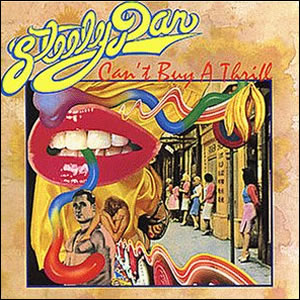
Buy Can’t Buy a Thrill For a debut effort, Can’t Buy a Thrill by Steely Dan is quite polished and refined. This is hardly a surprise as the group’s founders and core songwriters […]
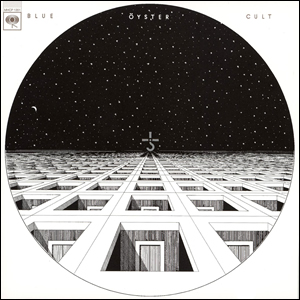
Buy Blue Öyster Cult The eponymous debut album by Blue Öyster Cult kicked off the year 1972 as well as the recording career of this Long Island, New York based rock group. Often […]
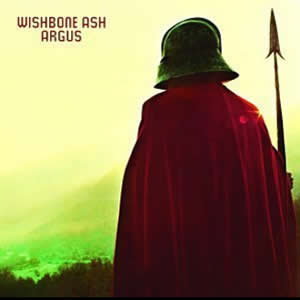
Buy Argus Argus is the most commercially successful album for Wishbone Ash and is considered by many to be their high-water mark musically. This third album by the British rock quartet features a […]